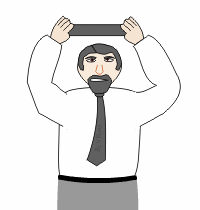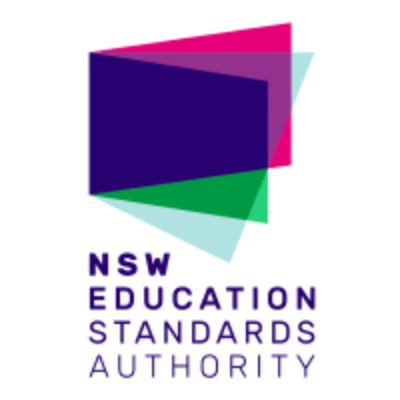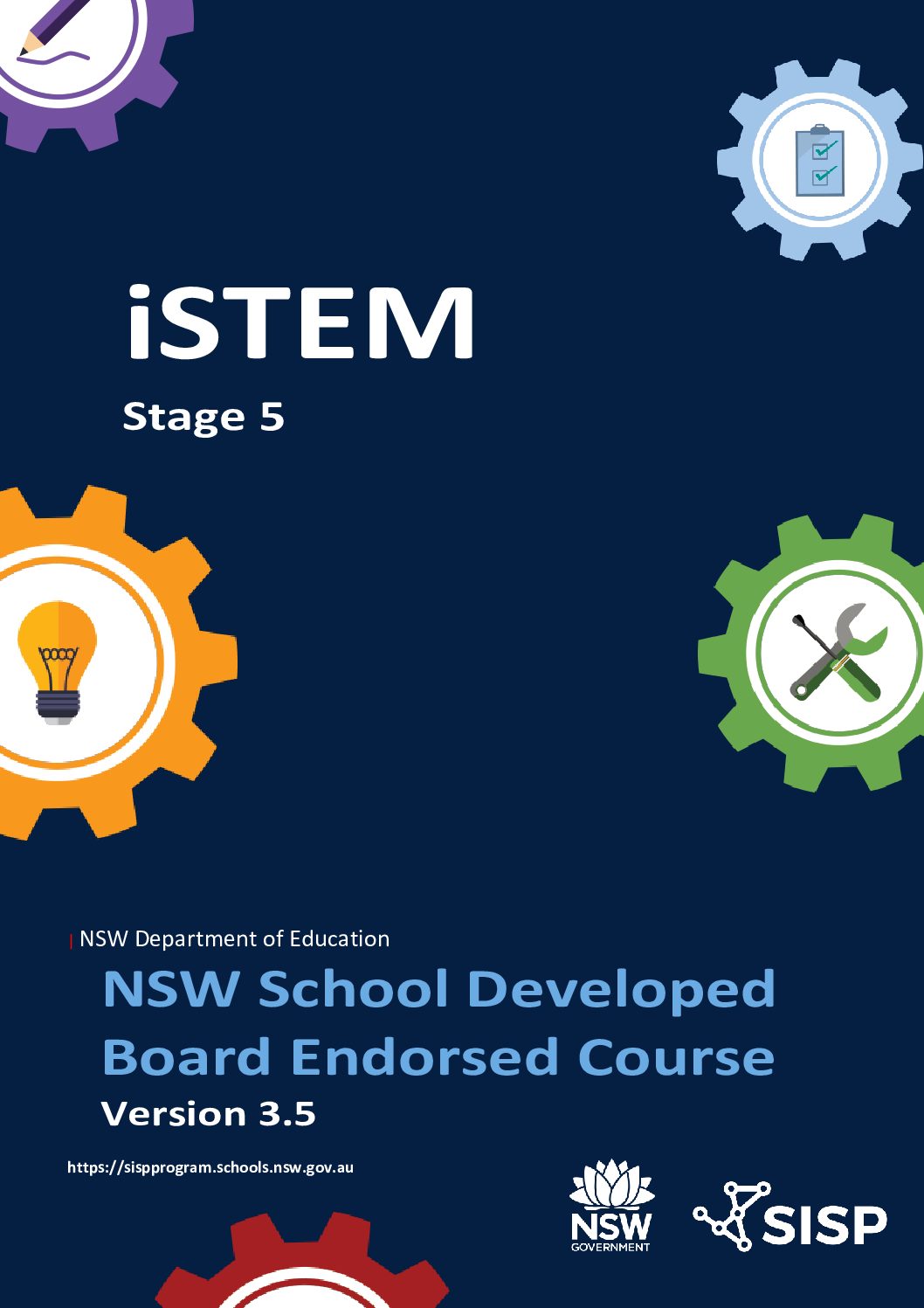Sample Unit of Work
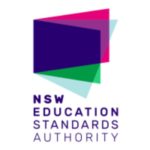 This unit challenges students to create a water-bottle rocket in order to engage in Science, Technology, Engineering and Mathematics (STEM) learning experiences. Students, through a range of design, experimentation and testing procedures, aim to create a rocket then compete against others to see which rocket flies the highest and farthest, and are aesthetically appealing.
This unit challenges students to create a water-bottle rocket in order to engage in Science, Technology, Engineering and Mathematics (STEM) learning experiences. Students, through a range of design, experimentation and testing procedures, aim to create a rocket then compete against others to see which rocket flies the highest and farthest, and are aesthetically appealing.
Throughout the design, development and production phases of the project, students expand their knowledge of STEM and collaboratively develop an engineered solution. Students document their evidence of scientific testing, mathematical problem-solving and design development through the use of digital technologies.
Summary of Unit
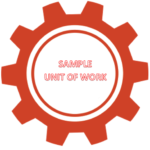 Water-bottle rockets are constructed using water-filled recycled PET (polyethylene terephthalate) bottles with individualised nose cones and fins. Air is pumped into the bottles, pressurised, and the rockets are launched from a mechanical device. Students learn about and apply the aeronautical concepts of thrust and propulsion, drag and pitch. They research and experiment with nose cone and fin designs using mathematical concepts and calculations.
Water-bottle rockets are constructed using water-filled recycled PET (polyethylene terephthalate) bottles with individualised nose cones and fins. Air is pumped into the bottles, pressurised, and the rockets are launched from a mechanical device. Students learn about and apply the aeronautical concepts of thrust and propulsion, drag and pitch. They research and experiment with nose cone and fin designs using mathematical concepts and calculations.
Students form teams of up to 4 to produce their water-bottle rocket, with each student accepting the lead role for one of the following positions – lead designer, lead engineer, lead scientist and data/media manager.
While all students are encouraged to make holistic and collaborative contributions to the unit, one student needs to accept responsibility for each of the key roles. The lead designer is responsible for the graphical design work and aesthetic finishes; the lead engineer is responsible for the practical production of the rocket; the lead scientist for the research, experimentation and testing; and the data/media manager for the collation and presentation of the team’s work and data.
Downloads
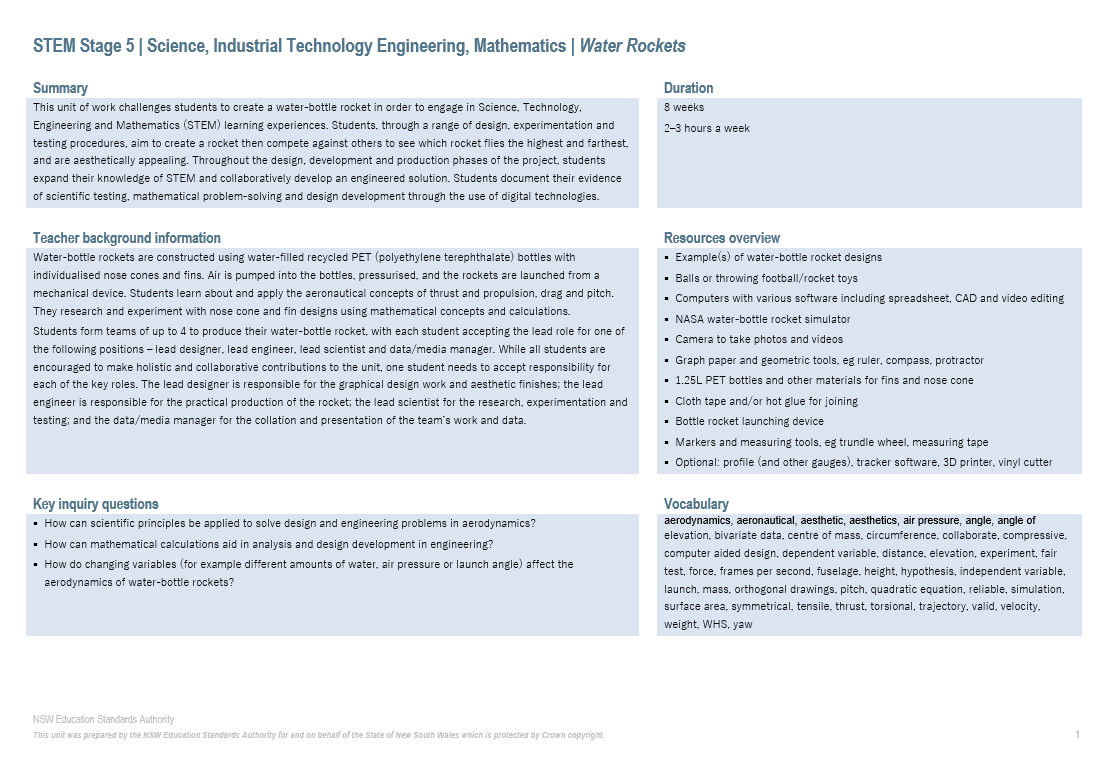
Videos
Links




